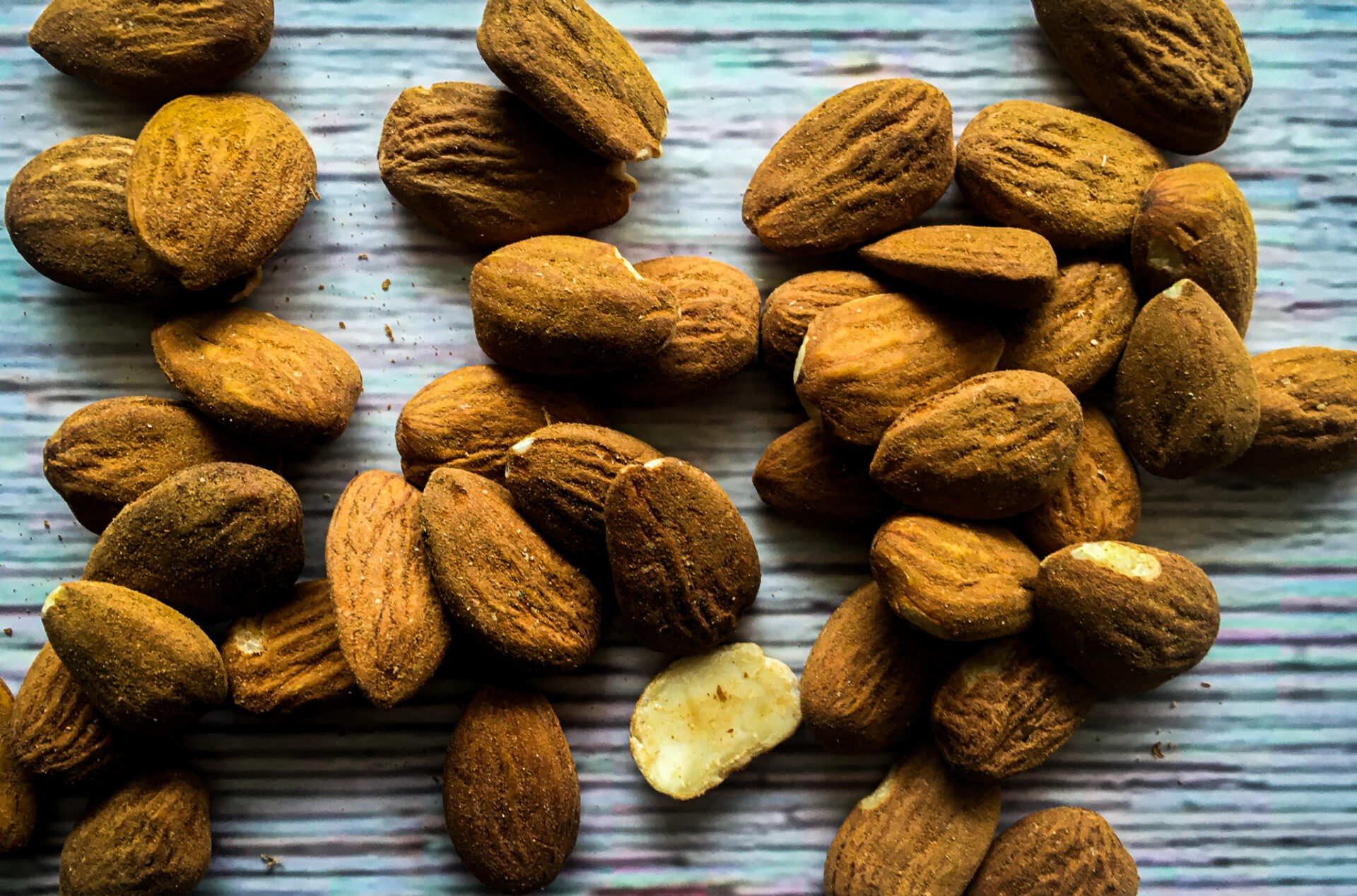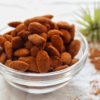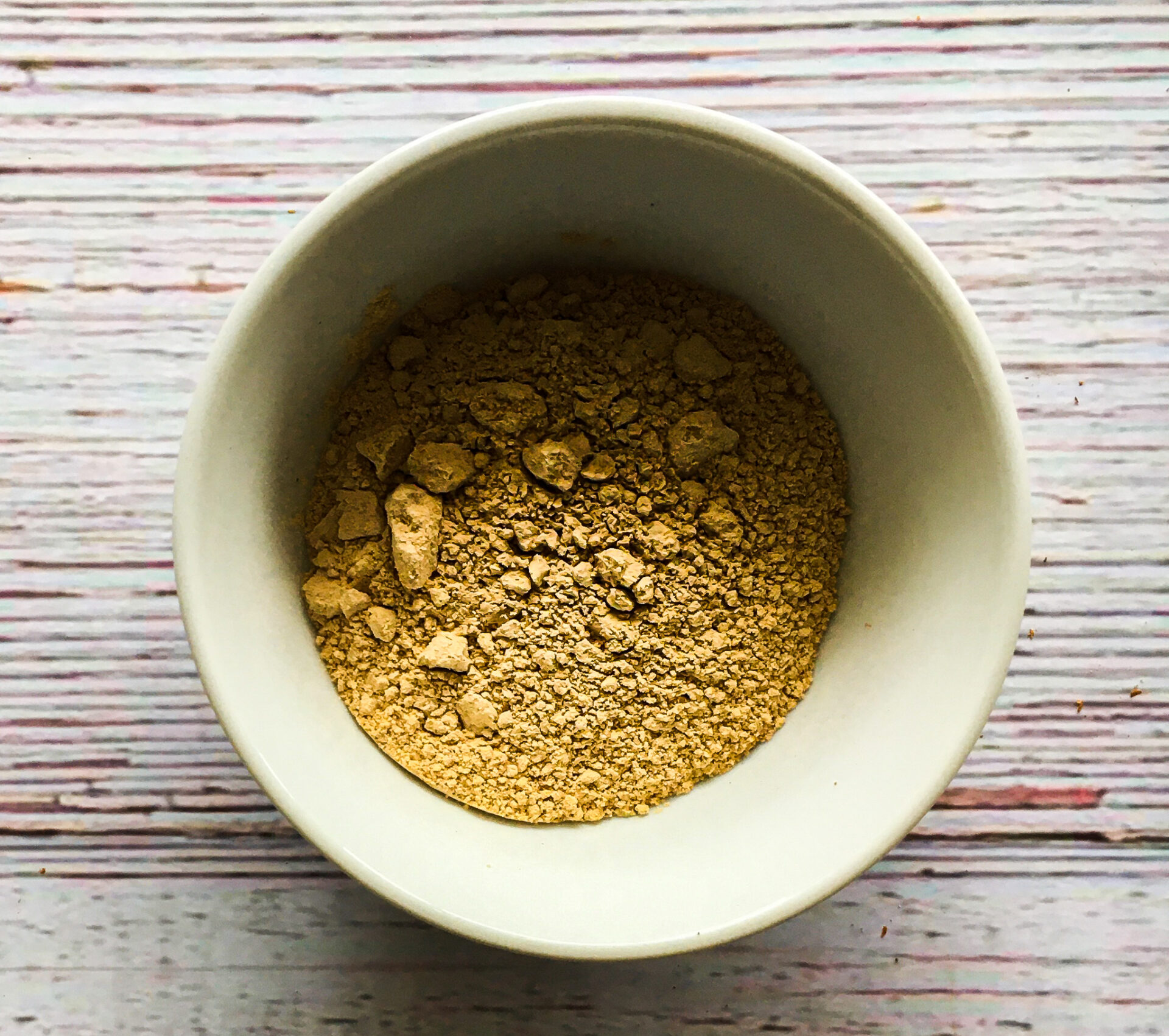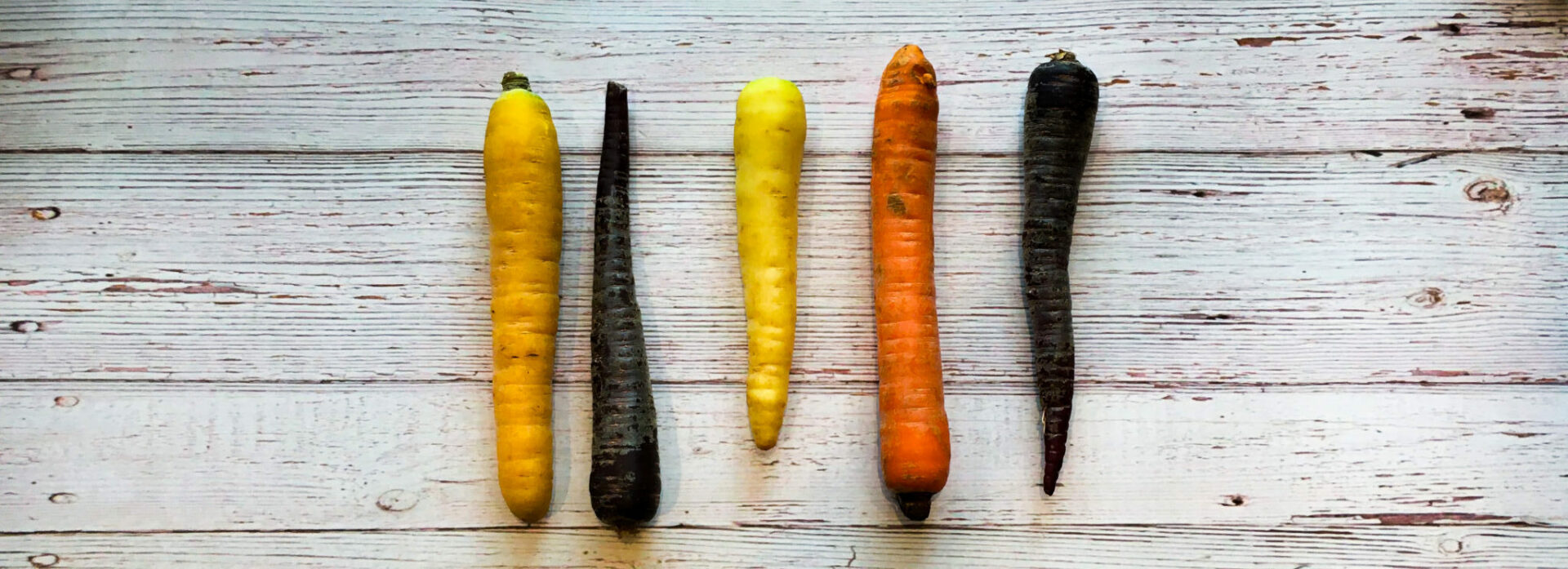
We think Valentine’s Day, we think heart-shaped boxes filled with…
Yes, it’s chocolate…
… but is this really the best food for the love holiday?
The paradigm of chocolate as an aphrodisiac has been long perpetuated, dating all the way back to the ancient Mayans who believed cocoa to be of divine origin (it’s not, not true). Chocolate as love-medicine, chocolate as the great sexual stimulant. Well… Is it? The association isn’t without its merits: chocolate contains tryptophan and phenylethylamine (or PEA, which is much kinder on the lips) — the first is a building block to serotonin, one of the more popular brain chemicals — and for good reasons — it’s involved in our sexual arousal. PEA is a stimulant that releases norepinephrine and dopamine, it’s responsible for the head-over-heels, can’t-stand-to-be-away-from-you feeling associated with falling in love. But is chocolate really this powerful? In the end, the exact amounts of tryptophan and PEA in chocolate are small, so small that it’s hard to really determine how much of our relationship to the stuff is physiological or psychological, with most of the hard science pointing closer to the latter (I’m sorry I had to tell you this way). What we do know is that chocolate with cocoa content ranging in the 70-85% range has the highest traces of tryptophan, so take this into consideration when you’re shopping for your loved one. We all love chocolate, and with moderation, I’m not going to tell you to go without.
What I will talk about are some foods that do have science backing them when it comes to how we love…
LET’S TALK TREE NUTS

Almonds and Pistachios…
… Ever been to an Italian wedding? There’s a reason these nuts are thrown at the bride, and it’s not bridesmaid-spite (maybe only a little bit, though). A long known symbol of fertility, the almond faces a lengthy heritage when it comes to sexual benefits not unlike chocolate. Nuts like pistachios and almonds have a nice, low Arginine-Lysine ratio (0-24 in almonds, and 0-57 in pistachios). Low levels of l-Arginine have been linked to men with high levels of erectile dysfunction. While these tree nuts alone won’t solve all your ED problems, they are part of a healthy diet that has shown specific blood-flow benefits if you know what I mean.

AVOCADO = TESTICLE TREE?

It goes without saying Avocado has exploded in popularity due to its high levels of monounsaturated fat (people just say “healthy fats” these days) which help lower cholesterol, not to mention how delicious they are. But did you know back when the Aztecs discovered them in 500 B.C. they dubbed them the testicle trees? I know what you’re thinking, and it’s not all about their odd shape and look, but their benefits as well. Avocados are high in vitamin-E, a well researched nutrient that was originally labeled as “Antisterility Factor X” when it was first discovered in 1922. The research on vitamin-E is extensive and there are solid finds illustrating how it can help with fertility in both men and women. So if you’re on the fence about paying $15.00 for avocado toast, let this help with the decision making.
MACA … WHO?

What is Maca, again? Asking for a friend.
… Maca is technically an Andean plant in the mustard family. What you find on the shelves in powder form is actually Maca root. It has been used for centuries in the Andes to enhance fertility, being rich in amino acids, iron, calcium, and arginine as well. The plant has been linked with increased sexual behavior, increased sperm count and sperm motility. While studies continue to be done on this newly popular (although very old) root, the current findings and its nutrient make-up certainly warrants it some shine on this list.
CAROTENOIDS… THAT’S ALL DOC

Carotenoids are what produce the bright yellows, oranges, and reds you see in fruits, vegetables, and plants… But they’re good for much more than just adding color to your dish. Foods like sweet potatoes, kale, and carrots are high in carotenoid and many of us already know these foods come with their own wealth of health benefits. These foods are rich in antioxidants, vitamin-E, and beta-carotene, a powerhouse of a combination when it comes to some specific sex-benefits. Studies have shown an increase in sperm motility, sperm count, and sperm health in diets that contain more carotenoids. Plus, you get all the other nutrient benefits as well — it’s really a win, win… So if this is something that interests you, I’d keep carrots and sweet potatoes in that meal-plan.
CAPSAICIN

I’m tempted to include a “spice up your relationship” or any other number of spice puns here… but I will resist for the sake of education…
… Capsaicin is a chemical compound first isolated in chili peppers and also found in jalapeño, cayenne, and especially hotter paprikas. It’s what helps give all these foods their spicy kicks, and also that energized, I’m so alive! feeling spicy food lovers often get. Well, this is no accident… capsaicin triggers your body into releasing endorphins in order to counteract that hot, spicy pain you’re feeling. We’ve touched on the power of endorphins a little: a feel-good hormone that also gets released during sex. It can help create the feeling of intimacy and relaxation, stave off anxiety and even depression. If you’re sensitive to spice, maybe this one isn’t for you… If not, perhaps add an extra teaspoon of cayenne in tonight’s dish.
MOST OF ALL… HAVE A HAPPY VALENTINE’S DAY
A perfect meal is just another element that adds to the atmosphere of a beautiful night with the one you love. Nutritious food has the power to boost your health and heck… even your sex. For those who plan to cook or even eat out on Valentine’s Day, consider these 6 foods for the love holiday.
